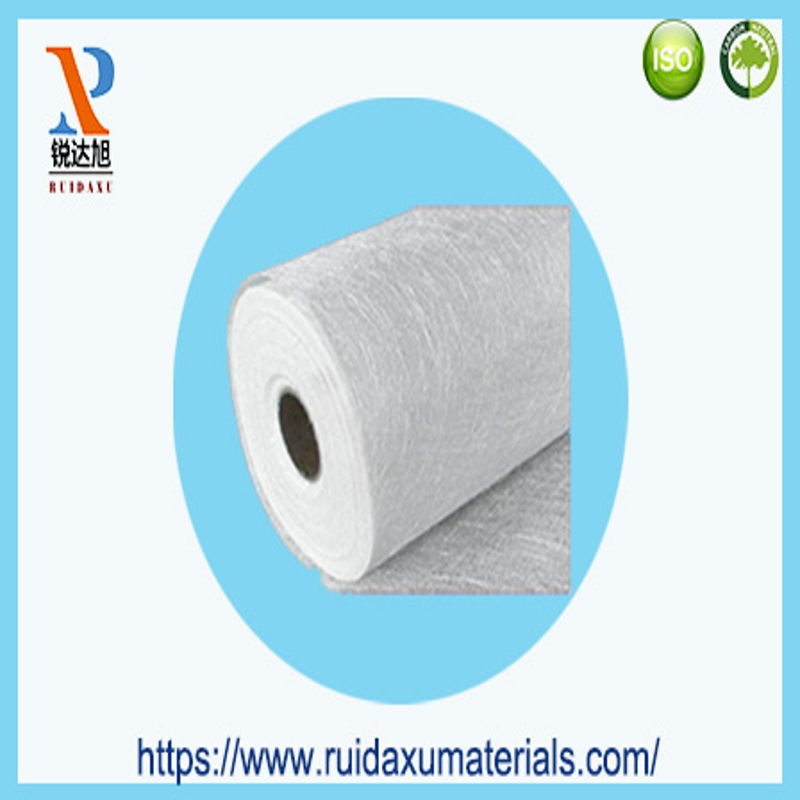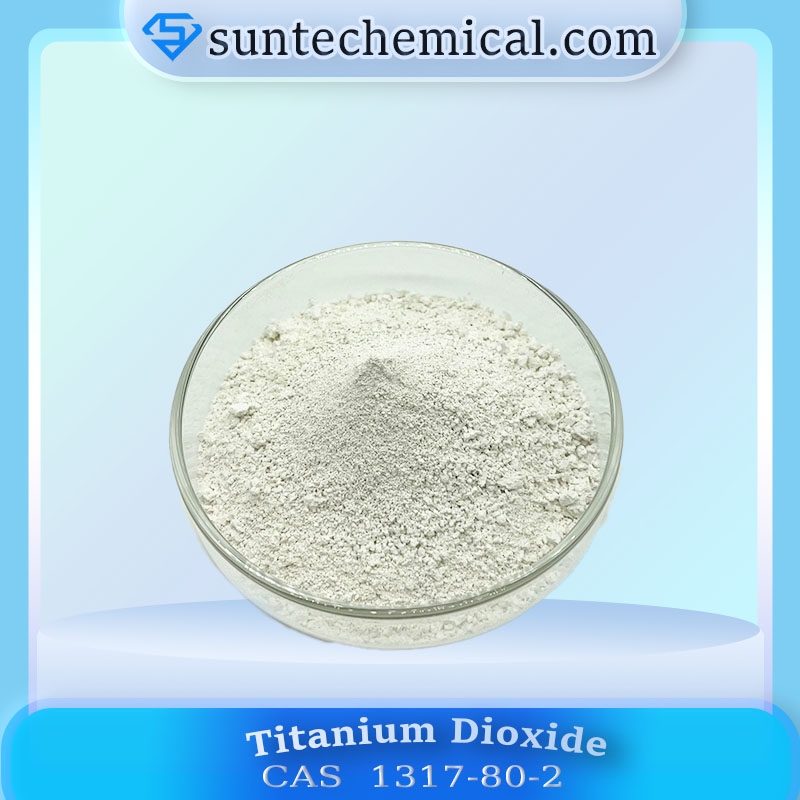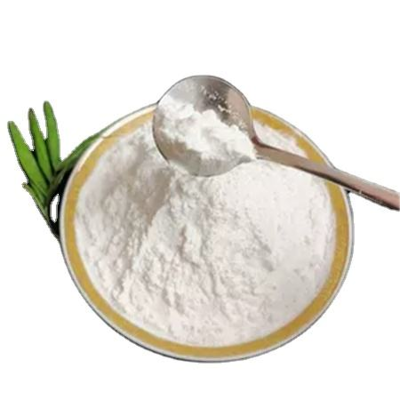-
Categories
-
Pharmaceutical Intermediates
-
Active Pharmaceutical Ingredients
-
Food Additives
- Industrial Coatings
- Agrochemicals
- Dyes and Pigments
- Surfactant
- Flavors and Fragrances
- Chemical Reagents
- Catalyst and Auxiliary
- Natural Products
- Inorganic Chemistry
-
Organic Chemistry
-
Biochemical Engineering
- Analytical Chemistry
-
Cosmetic Ingredient
- Water Treatment Chemical
-
Pharmaceutical Intermediates
Promotion
ECHEMI Mall
Wholesale
Weekly Price
Exhibition
News
-
Trade Service
Currently, there are no substitutes for paints and coatings other than white pigment titanium dioxide. But the new competitor may be whiteboard paper, thanks to bionic materials that don't need titanium dioxide at all.
in nature, there are other ways to produce bright white
. For example, the Beatles Cyphochilus insulanus uses nanostructures in its crustaceans, providing the necessary light refraction. These structures are also studied from time to time by the coatings industry and the research community. However, the technical useful implementation of pigments as paints and varnishes has not yet been successful.
things are different now than plastic sheets. Researchers at the Karlsruhe Institute of Technology (KIT) have developed a polymer sheet similar to a porous crustacean. "Based on this model, we use polymers to produce solid porous nanostructures similar to sponges," explains Professor Hendrik Hölscher of the KIT Institute of Microstructure Technology. According
KIT, the films are very thin and flexible, but mechanically stable. It is hoped that they can therefore be applied to a wide variety of materials and substances. At a thickness of nine microns, the new piece reflects 57% of the incoming light, but in the case of a correspondingly thicker piece, it can also reach 80-90%.
, the entire object should be dyed white in addition to the sheet. To do this, the researchers plan to produce small particles and mix them into other materials.
book tips
. Jochen Winkler's reference book Titanium Dioxide is now one of the classics of paint literature and provides a broad overview and insight into the subject of titanium dioxide.
.







